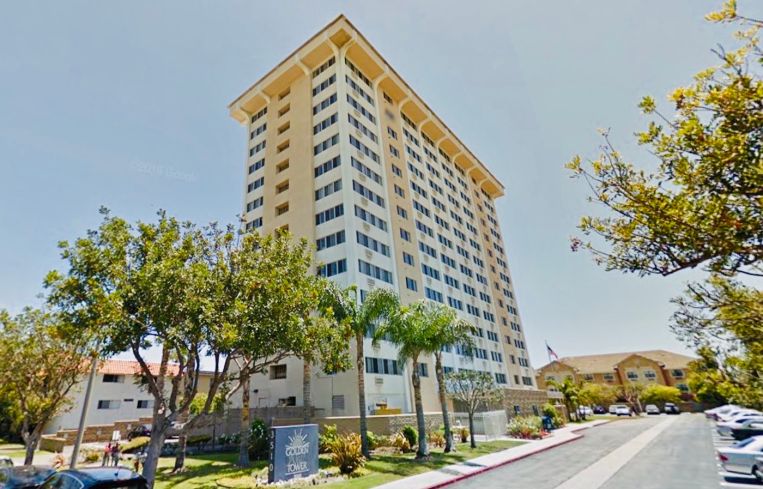Investors Who Spotted Opportunity in Senior Housing May See Payout: Report
By Mark Hallum February 17, 2022 6:15 pm
reprints
The COVID-19 death toll on the aging population has been devastating. Its subsequent impact on the senior housing market has thus been enormous as well.
But the housing market may be on its way to recovery.
Senior housing occupancy is expected to rebound in the next half decade, after COVID-19 killed up to 201,000 elderly residents and staff members at independent living, assisted living, memory care, and continuing care retirement communities., a report from Integra Realty Resources (IRR) predicts.
Occupancy rates have already begun rebounding from the pandemic lows of 2020, but they remain far below pre-pandemic levels after dropping 7 percent within the first year of the health crisis.
In fact, the falling occupancy rate throughout the pandemic accelerated an already existing downward trend. Senior housing occupancy rates peaked in late 2014 with facilities at about 90 percent utilization, according to the report, as supply outpaced demand.
But now we’re only a few years out from when the next generation — the oldest baby boomers — will hit their 80s, the median age for people to enter senior housing, said Anthony Graziano, CEO of IRR, which is expected to lead to a recovery in occupancy.
That expectation translated to an uptick in such investments in 2021.
“Frankly, just how much transaction volume [there was] in 2021 was phenomenal,” Graziano said. “The question is, is that going to extend into 2022? Or was 2021 an anomaly?”
The market is attempting to recalibrate in response to the mismatch in supply and demand. Nationally, inventory in the senior housing market in the 49 states studied by IRR increased between 2015 and 2020 by 24 percent, while demand only grew by 18 percent. As of the third quarter of 2021, the nation’s senior housing inventory stood at 7,517 properties with 733,216 units.
Despite the COVID recalibration, the future of the senior housing market is not assured. With borrowing costs so low in 2020 and 2021, the influx of money being invested in properties serving this population could outweigh the demand, per the report.
“We are at a crossroads,” Graziano added. “We do anticipate that the economic pressures of inflation are going to require moves to adjust interest rates, which are going to have an impact on real estate borrowing costs.”
The market recovery will begin once the move-ins kick into high gear, but the real payoff will come if increasing inflation rates push rents and service fees high enough to support the real estate costs, according to the report.
With the boomer generation entering senior housing, Graziano expects this demographic to be able to pay more than those in that age bracket before as they hold a disproportionate amount of wealth in the country.
Mark Hallum can be reached at mhallum@commercialobserver.com.


